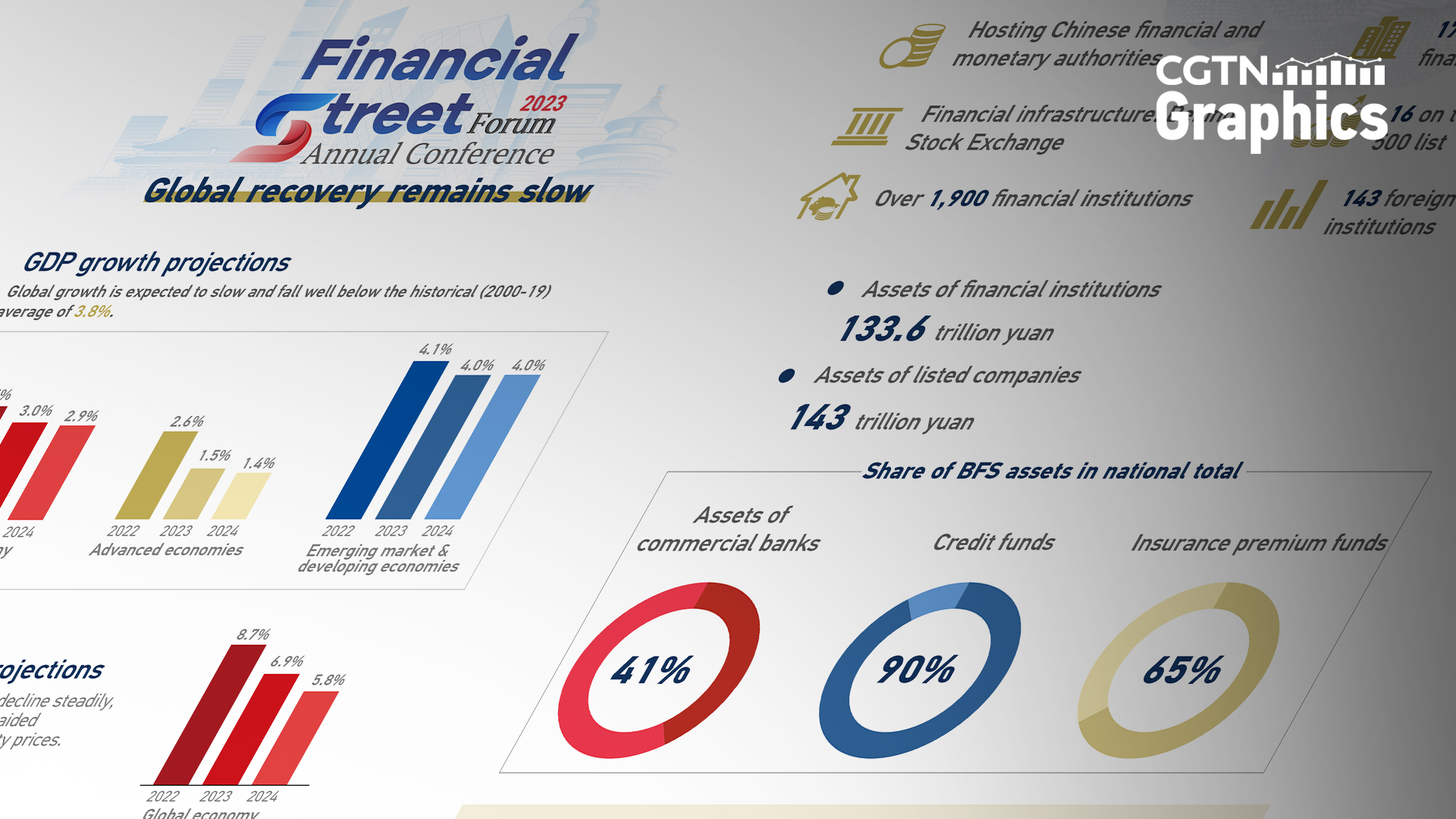Unlocking Financial Freedom: Your Complete Guide to Loan Forgiveness 2023
Guide or Summary:Understanding Loan Forgiveness 2023Types of Loan Forgiveness ProgramsEligibility RequirementsApplication Process#### Description:As the lan……
Guide or Summary:
- Understanding Loan Forgiveness 2023
- Types of Loan Forgiveness Programs
- Eligibility Requirements
- Application Process
#### Description:
As the landscape of education financing continues to evolve, many borrowers are seeking ways to alleviate their financial burdens. One of the most promising avenues is through loan forgiveness 2023 programs, which can provide significant relief for those struggling with student debt or other types of loans. This comprehensive guide aims to demystify loan forgiveness options available this year, helping you navigate the complexities of eligibility requirements, application processes, and potential outcomes.
Understanding Loan Forgiveness 2023
Loan forgiveness refers to the cancellation of a borrower's obligation to repay some or all of their loan amount. In 2023, several federal and state programs exist to assist borrowers, particularly those in public service roles, teachers, and individuals facing financial hardship. The U.S. Department of Education has expanded its initiatives to make loan forgiveness more accessible, especially in light of the ongoing economic challenges many Americans face.
Types of Loan Forgiveness Programs
There are several prominent loan forgiveness programs available in 2023:
1. **Public Service Loan Forgiveness (PSLF)**: This program is designed for borrowers who work in qualifying public service jobs. After making 120 qualifying monthly payments under a qualifying repayment plan, borrowers may have the remaining balance of their Direct Loans forgiven.
2. **Teacher Loan Forgiveness**: Teachers who work in low-income schools or educational service agencies may qualify for forgiveness of up to $17,500 on their Direct Subsidized and Unsubsidized Loans after five years of teaching.

3. **Income-Driven Repayment (IDR) Forgiveness**: Borrowers who are enrolled in an IDR plan may have their loans forgiven after making payments for 20 or 25 years, depending on the plan.
4. **State-Specific Programs**: Many states offer their own loan forgiveness programs for residents who work in high-demand fields, such as healthcare, education, and public service.
Eligibility Requirements
Understanding the eligibility requirements for these programs is crucial. Each program has its own set of criteria, which may include:
- Employment in a qualifying field or job.
- The type of loans you hold (e.g., Direct Loans, FFEL Loans).

- The repayment plan you are enrolled in.
- The number of qualifying payments made.
For instance, to qualify for PSLF, borrowers must work full-time for a qualifying employer, which includes government organizations and non-profit entities. Additionally, they must make consistent payments under a qualifying repayment plan.
Application Process
The application process for loan forgiveness can often feel overwhelming. Here are the general steps you should take:
1. **Research Your Options**: Start by exploring the various loan forgiveness programs available in 2023. Determine which programs you may qualify for based on your employment and loan type.

2. **Gather Documentation**: Collect necessary documents, such as proof of employment, loan statements, and payment history. This information will be essential when submitting your application.
3. **Submit Your Application**: Each program will have its own application process. For PSLF, for example, you must submit the Employment Certification Form annually or whenever you change employers.
4. **Follow Up**: After submitting your application, keep track of its status. It’s important to stay informed about any additional documentation or information that may be required.
In conclusion, loan forgiveness 2023 offers a beacon of hope for many borrowers grappling with student debt and other financial obligations. By understanding the various programs available, their eligibility requirements, and the application process, you can take proactive steps toward achieving financial freedom. Whether you are a public servant, teacher, or simply someone in need of financial relief, 2023 could be the year you unlock the benefits of loan forgiveness. Remember, the path to financial relief may seem daunting, but with the right information and resources, you can navigate it successfully.